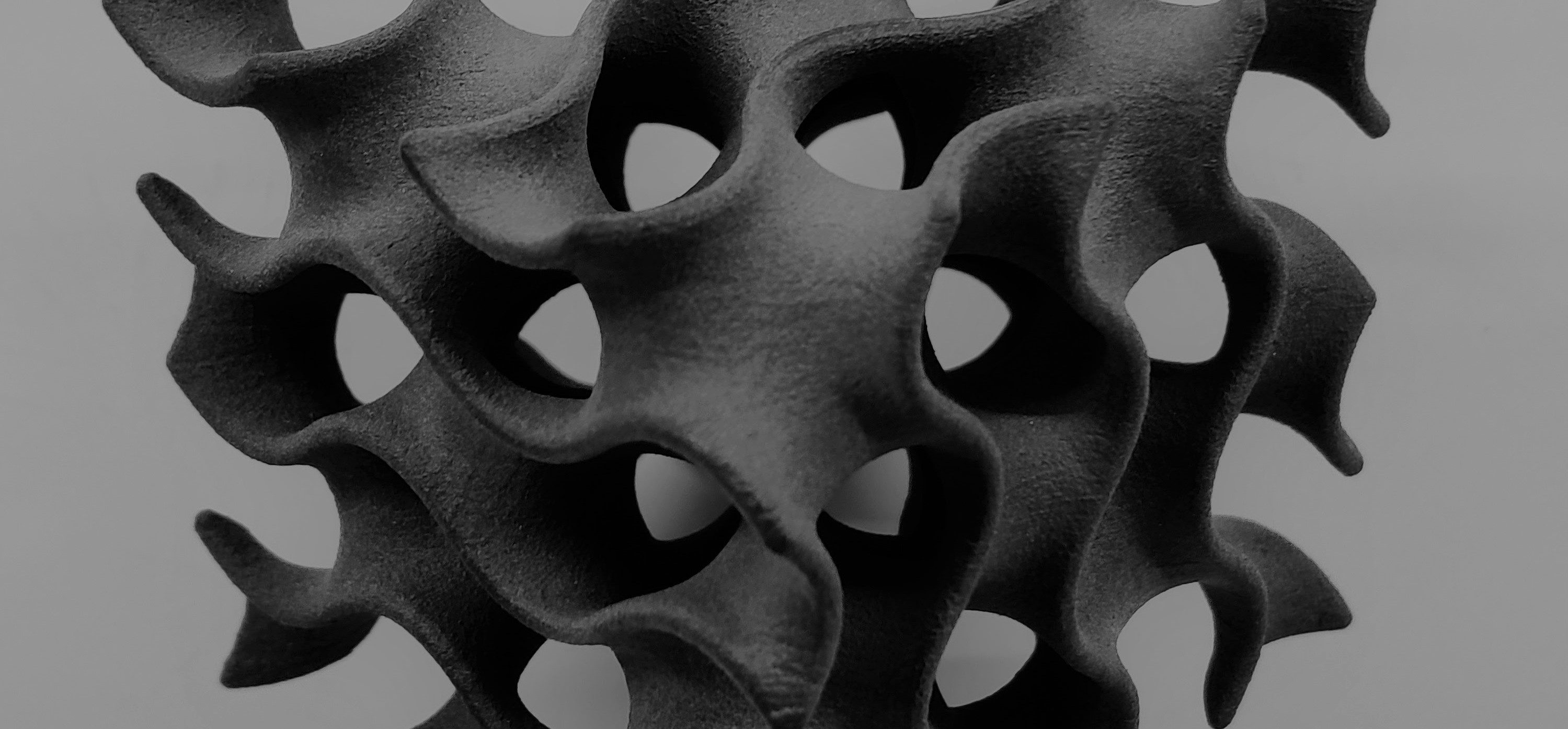
3D printers are used for additive manufacturing, a process where three dimensional solid objects are printed from a digital model. 3D printing is used in both pre-production (rapid prototyping) and full-scale production (rapid manufacturing) with applications in aerospace, automotive, engineering, medicine, architecture, fashion and beyond. Our group manages a number of 3D fabrication tools: E.g., a Connex-Triplex, two FromLab printers, SLS based Sintratec Kit and a MakerBot printer. These printers allow us to fabricate instrument casings, robot models, structured polymeric materials with optimized geometries, and polymeric matrices to host and support samples.
The Connex printer builds models using variety of polymeric materials with a range of moduli from 30 MPa (similar to soft rubber) to 3500 MPa (like a hard plastic). This instrument can print multiple materials simultaneously with a 16 micron layer thickness and a precision of 100 microns.
Please contact Carolina Oseguera or Petros Arakelian for more information.















